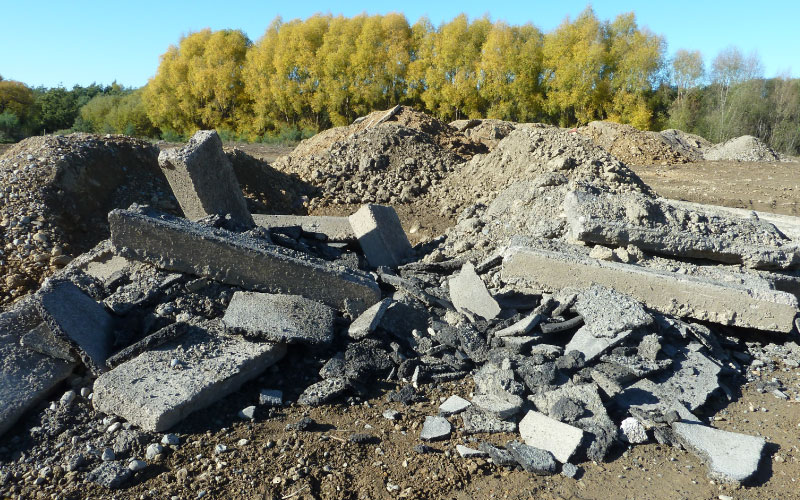Council’s Blenheim office will be closed from 4.30 pm Thursday 17 April and will reopen on Tuesday 22 April at 8.30 am. See details of transfer station opening hours and kerbside collections

Council’s Blenheim office will be closed from 4.30 pm Thursday 17 April and will reopen on Tuesday 22 April at 8.30 am. See details of transfer station opening hours and kerbside collections


Cleanfill material is defined by the Ministry for the Environment (MfE) as material that, when buried, will have no adverse effect on people or the environment. To provide direction to users on how to design, operate and manage cleanfill sites the MFE has published a Cleanfill Guide. The latest guidelines are provided in the Wasteminz report Technical Guidelines for Disposal to Land. (April 2016). Marlborough District Council are currently reviewing the new report. Please see Land Resources Scientist on how these are applied in the Marlborough region.
Despite this guideline, it appears that the use of the term cleanfill has been stretched and modified over time. The results of a recent desktop survey of regional and district councils in New Zealand about their cleanfill sites indicates that nearly half of the councils who responded were aware of cleanfill sites in their region accepting waste that didn't meet MfE cleanfill criteria. Of those cleanfill sites, many are believed to have accepted contaminated soil and/or potentially hazardous waste material.
The results of this survey highlight that some so-called cleanfill sites are not so clean and actually have the potential to be contaminated sites.
To get an estimate of what types of materials are in some known cleanfill sites in Marlborough and to find out if they contain any contaminated soil/sediment or hazardous substances a survey has recently been completed. The results of this survey are given in the cleanfill site investigations Marlborough 2010 report.
Further, a cleanfill factsheet has been developed to provide guidance on how to manage cleanfill sites.
A report on the cleanfill guideline acceptance criteria contains assessment of background trace element concentrations.